Some Notes on Comparative Anatomy
It’s a mighty big subject obviously but for this talk I focused on looking for squash and stretch in the skeleton. Useful for animation and also for rigging.
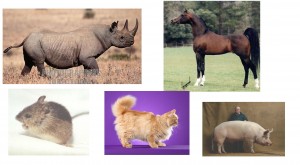
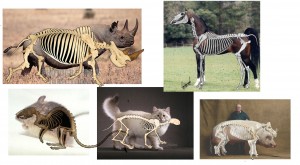
It’s easy for humans to forget how squashy-stretchy most animal skeletons are, because we ourselves are built very upright and straight with all our bones pretty much on the surface. A coiled-up, spring-loaded arrangement of bones is more usual, especially in the hind legs. Because they are covered up in muscle it can be hard to see the real structure, always study carefully the skeleton of any animal you are going to animate!
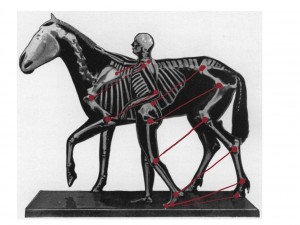
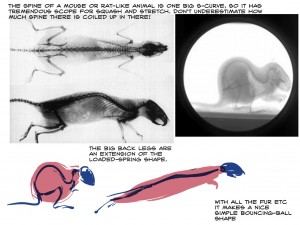
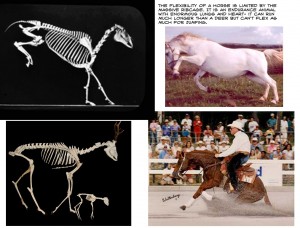
All animals bones evolve as a compromise between two functions: strength and flexibility. The stronger a structure the less flexible is must be and vice versa. The long coily spine of a rat could not support the huge heavy gut that a cow, for example, needs to to have to digest grass (see the notes on cat spines for a little more indepth on this subject). A good thing to think about for designing creatures and characters!
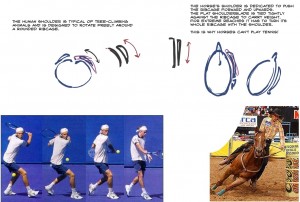
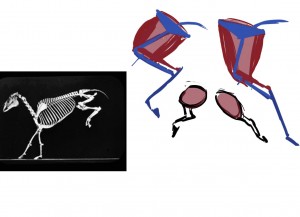
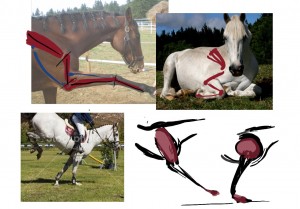
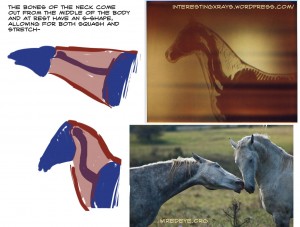
I talked a lot horses because horses are the BEST animal.
Some more resources:
The Boneman has a terrific gallery of skeletons, they sell books that cover engineering the skeleton bone-by-bone for a wide variety of creatures.
Stuart Sumida is the premiere consultant on comparative anatomy for the animation studios. If you have a chance to attend one of his lectures don’t miss it!
Some videos I showed on in the lecture on this youtube playlist.
If you’re really interested in the subject, the best thing you can do is to build your own anatomical model. You can get kits or you can do it yourself from scratch with Sculpey and some good anatomy texts. I did this horse a few years ago and it’s incredibly useful for understanding the engineering of the system in 3 dimensions. The one thing I would do is make it twice as big! By the way someone asked what the anatomy book I used was– it was mostly Animal Painting and Anatomy, it’s very wordy and only covers horses, dogs, and cows but it’s a real education and goes into huge detail of what the purpose of each muscle is. It’s good to have more than one book on hand, more a more general book with tons of interest ways of looking at anatomy is Animal Anatomy for Artists- Elements of Form.
To do the sculpture you will also need a very large, clear picture of the skeleton of the animal you want to do from the front and the side- do NOT eyeball the process! use calipers and make an exact copy of the skeleton in Sculpey onto a wire frame. When you’re done, bake the skeleton and you can put the muscles on top with super-sculpey to feel the play of hard vs soft shapes. A demonstration of anatomical sculpture making of a human.
Hope this is useful!


you have your own wiki page! (or you appear in the edmonton journal) hey my mom sent me the article on your graphic novel deal and various other very interesting deets! congrats on your huge success! I have wanted to reach out for some time as it’s been many years already. Are you still working on animation projects or have you switched gears to focus on Lovelace and Babbage? I hope you are well.
Your mom would have been so proud of you!
I’m currently in seattle working for a digital photosharing service, Creative directing animated experiences with my team for a company called smilebox.
anyway just wanted to say hi and congrats!
sue